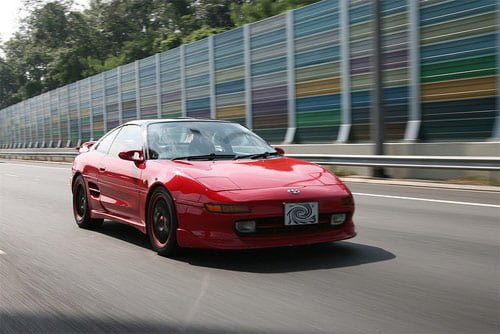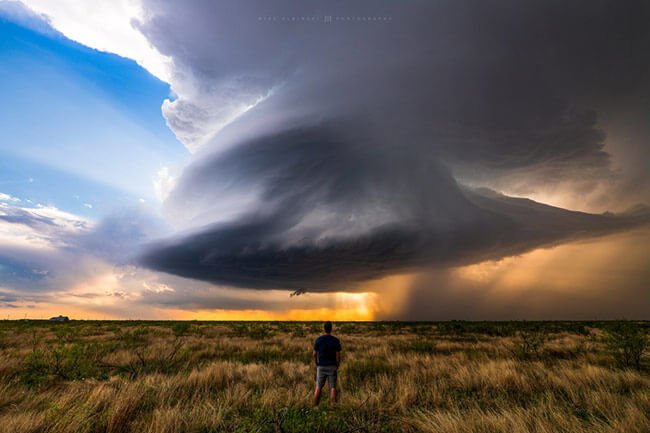
Ever since the dawn of photography nearly two centuries ago, the trickiest thing to capture on film has been something in motion, be it a human, animal or machine. Long before the birth of the automobile in the late 19th century, man has been obsessed with reaching higher and higher speeds, which can make the life of a photographer very difficult. Moving objects are challenging to capture with your camera, none harder than a passing car.
Photographing Cars at a Sporting Event
If you are photographing cars at a sporting event, you only need to follow a few simple rules to get a genuinely rewarding picture. Of course, the specifications of your camera are important (you’ll always get a cleaner, sharper image on a high spec DSLR camera than on a $100 snapper) but it’s possible to employ a few techniques to make even the cheapest cameras sing. Racing cars provide great color and look even better against a blue sky.
The best (and possibly only) technique you’ll need to employ when photographing a vehicle in motion is panning. Panning can produce awesome results when perfected but it takes a great deal of practice to perfect. Panning’s basic principle involves panning the camera in time with whatever subject you wish to capture. This (hopefully) will result in you getting a pretty sharp subject with a background that’s blurred. It can mean you end up with some amazing visual shots that give a feel of speed and movement. Panning tends to work best with a moving subject that allows you to predict where it’s moving towards by being on a straight trajectory. A vehicle moving from side to side is not for beginners as it can end up with you getting some messy shots with erratic motion blur.
Quite a few DSLR cameras now come with automatic tracking as standard (a few point and shoot cameras do too). It can work pretty well with some subjects but it depends on the speed they are moving at and the amount of light there is as well as how fast your lens will focus. The automatic track/focus mode usually keeps a moving object in focus as long as you half hold down your shutter release and it can be a nifty alternative to manually panning if you don’t fancy spending hours mastering it.
When photographing a vehicle in motion, you should select a shutter speed that’s slightly slower than you’d normally use. You can start with a speed of 1/30 second and then have a play with ones that are slower. You could end up using speeds of 1/60 to 1/8, which will rely on the light and/or speed of the subject. At the slow end of things, you may end up having a little camera shake as well as the motion blur.
Before a big motor racing event where you want to get some ace shots you can easily try out the above techniques just by going to a nearby highway and taking pictures of passing cars. Photographing cars in motion is a challenge but once mastered can produce some of the most exciting shots in your collection.








